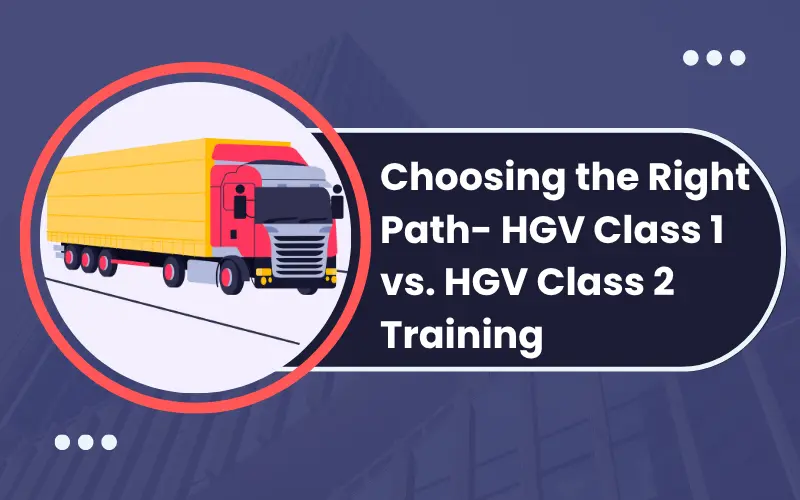The meaning of the ADR Driving Training is that the international road transportation of dangerous products is governed by the European Agreement on dangerous goods. As we proceed, the subject of how to get an ADR licence emerges, to which the response is straightforward. You should refresh your research so that you can discover the several businesses or organisations that offer the appropriate ADR Driving Training.
Who requires ADR Driving Training?
ADR training is first and foremost a legal requirement for individuals who fall under its purview, or more accurately, for those who need to obtain an ADR licence or ADR card.
Contrary to common assumption, ADR training is only necessary for those who transport goods by road. ADR training is required for all employees involved in the process, including those who package hazardous products and drive forklifts to transfer cargo from the warehouse to the truck.
Three Different Training Aspects Included in ADR Driver Training
To obtain a driving training certificate, drivers must first complete a course provided by an accredited training provider. The primary objective of the training is to provide drivers with the essential knowledge they need to reduce the effects of an accident involving hazardous goods. Driver education includes both specialised and basic teaching.
Basic Training
All drivers who transport hazardous products must be familiar with the core information taught in basic training. This certification is required for drivers operating goods containers, box vans, curtain siders, small vans and intermediate bulk containers (IBCs) that are transporting hazardous materials such as hazardous waste, including clinical waste, batteries, flammable paints, petrol cylinders, industrial chemical products and some retail chemicals.
Specialised Training
Specialised training is required for drivers of tank vehicles, such as tractor units towing trailers with portable tanks or tank containers transporting hazardous commodities. Additionally, drivers who wish to operate such vehicles must complete both the Basic and Specialised “Tanks” training.
Class 3 Basic and Specialized Training
It’s also possible that just specific Class 3 risky products—fuels—will be included in Basic and Specialised training, which is a separate course. Drivers are only permitted to operate tank vehicles that transport fuels such as petrol, diesel or petrol oil, kerosene, petroleum distillates, aviation fuel or ethanol blends after finishing this course and passing the related examinations. They are not permitted to drive trucks carrying more dangerous cargo if they have just completed the Class 3 training and passed the associated exams.
Refresher Training
Because driver training certificates are only valid for five years, drivers who wish to continue operating dangerous goods vehicles must recertify their education and retake the required exam. It is advised that exams and refresher training be completed the year before the current credential expires. After the old certificate expires, the new one will be valid for an extra five years.
Explain the distinction between packages and tanks
You have to complete the training for both packages and tanks in order to be able to transfer both.
ADR Training Packages:
Only those who opt to finish ADR training in packages may carry hazardous items inside of packages. They might haul around a bunch of battery boxes, for instance.
Tanks ADR Training:
Only after completing ADR Driving Training in tanks are candidates permitted to carry hazardous materials in tanks, such as diesel tankers delivering fuel at petrol stations.
What is the duration of an ADR certificate?
ADR licences are only valid for five years, after which you must renew your licence or complete a refresher course. To be compliant, you must maintain your ADR certification up to date.
It is legally required to keep your ADR card up to date.
Two Start recommends that you begin your retraining as soon as possible to guarantee compliance with the ADR standards and for your new card to arrive in time for your expiration date. It is recommended to complete this at least 4-6 weeks (6-8 months) in advance.
Also Read: Details on HGV Class 1 Training




